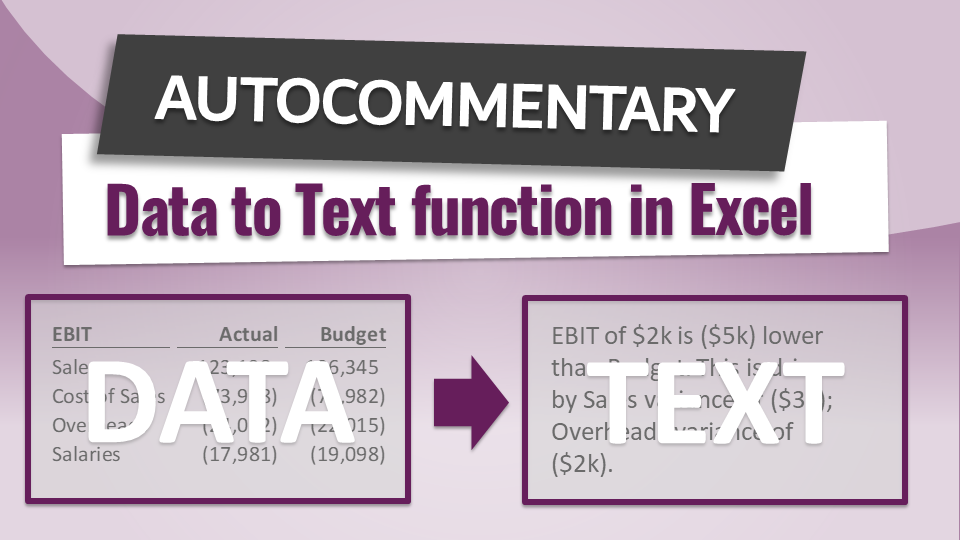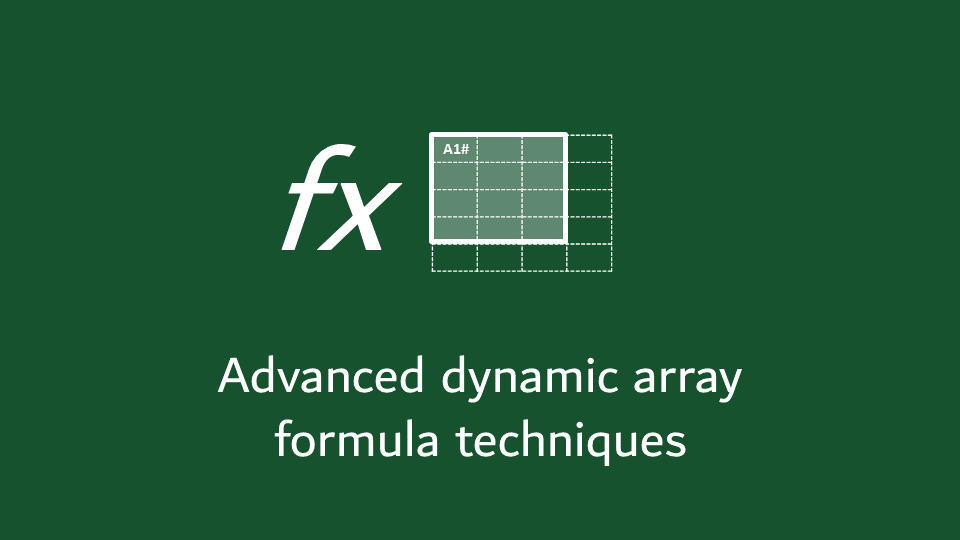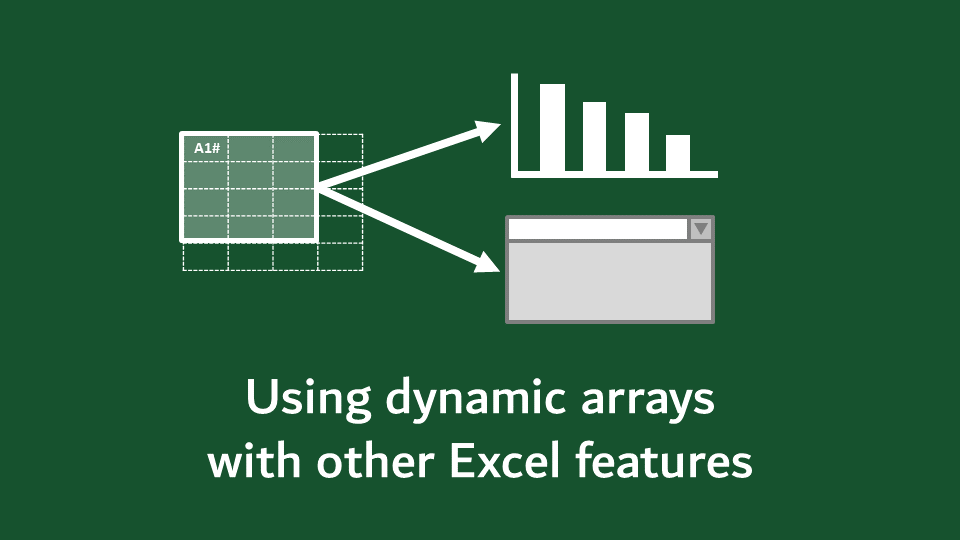How to FILTER by a list in Excel (including multiple lists)
A few weeks back, I wrote a post about how to filter by a list in Power Query. It didn’t take long for somebody to ask if the same is possible in Excel. The answer is, YES! So, that’s what we are looking at in this post: how to use Excel’s FILTER function based on … Read more










